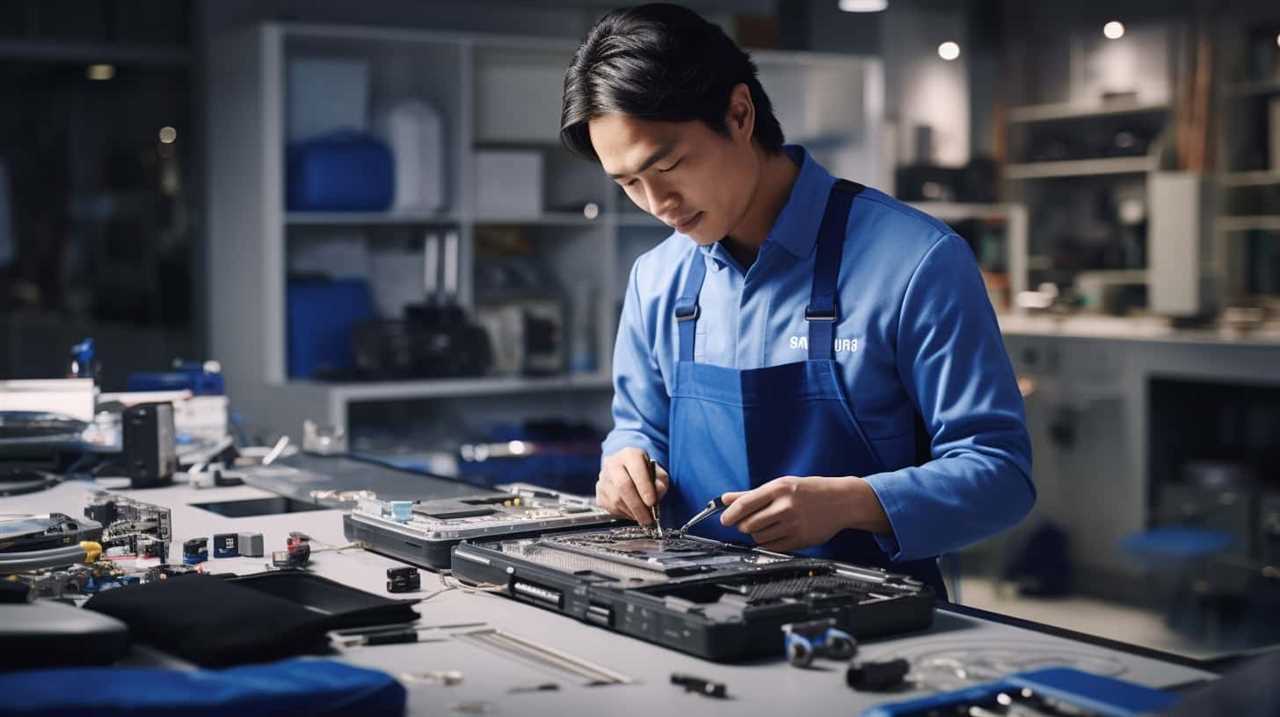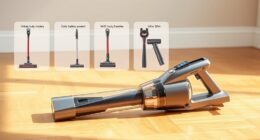In our current globalized society, it is quite typical for people to move from one country to another, taking with them their possessions, which may include household appliances. A common query for those relocating from Europe to the United States is whether European appliances will function properly in the US.
This inquiry stems from the differences in electrical standards between the two regions, such as voltage, power, plug shapes, and outlet compatibility. To ensure a seamless transition, it is crucial to understand these disparities and consider the feasibility of converting European appliances to operate in the US.
Additionally, factors such as availability of replacement parts, integration with US home systems, and resale value must be evaluated. This article delves into the intricacies of European appliances in the US and explores alternative options for those seeking compatibility and functionality in their new American abode.
Key Takeaways
- European appliances operate at a higher voltage and frequency than American appliances, which can cause damage if used in the US.
- Voltage converters can be used to convert the voltage from 220-240 volts to 110-120 volts, but may not be suitable for high power appliances.
- Plug adapters or converters are necessary to ensure compatibility between European appliances and US outlets.
- It is important to check the specifications and compatibility of appliances before using them in the US, and to consult the manufacturer or an electrician if necessary.
European Vs. American Appliance Standards
European and American appliance standards differ in several key areas.

One of the major differences is in voltage and frequency. In Europe, the standard voltage is 220-240 volts at a frequency of 50 Hz, whereas in the United States, the standard voltage is 120 volts at a frequency of 60 Hz. This means that appliances designed for one region may not work properly in the other due to the difference in power supply.
Another significant difference is in energy efficiency standards. Europe has stricter energy efficiency standards compared to the United States. European appliances are designed to be more energy-efficient, resulting in lower energy consumption and reduced environmental impact. In contrast, American appliances may consume more energy and contribute to higher energy bills.
It is crucial for consumers to be aware of these differences when considering the compatibility and efficiency of appliances in different regions.
Understanding Voltage and Power Differences
Understanding the disparities in voltage and power is essential when considering the compatibility of European appliances in the United States. Europe operates on a voltage of 220-240 volts, whereas the United States uses 110-120 volts. This difference in voltage can pose a problem when attempting to use European appliances in the US, as the higher voltage can cause damage to the appliance.
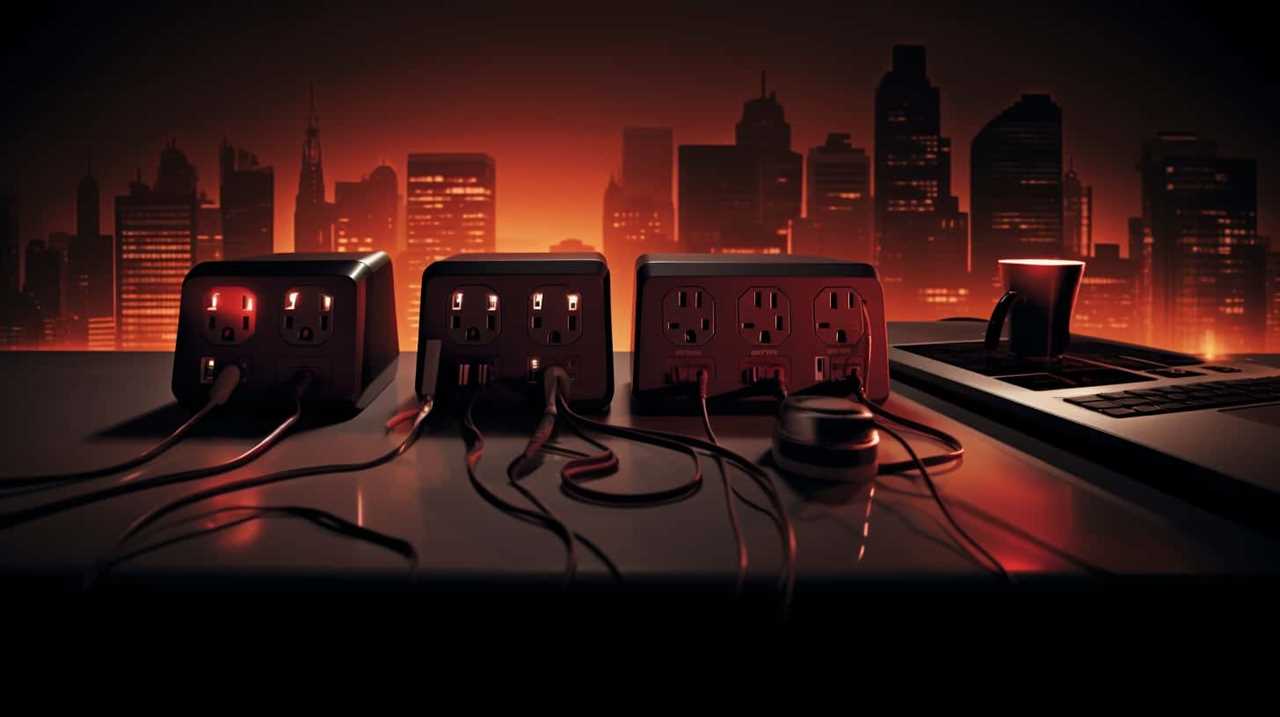
Additionally, European appliances may have different power consumption requirements compared to their American counterparts. To address these differences, voltage converters can be used to convert the voltage from 220-240 volts to 110-120 volts, making the appliance compatible with the US electrical system. However, it is important to note that voltage converters may not be suitable for all appliances, especially those with high power consumption.
This brings us to the next consideration: plug and outlet compatibility.
Plug and Outlet Compatibility
When using European appliances in the US, one important consideration is plug and outlet compatibility.
The US uses a different type of plug and outlet configuration compared to Europe, which means that European appliances may not fit into US outlets.

In order to use European appliances in the US, a plug adapter or converter may be necessary to ensure compatibility and proper functioning of the appliance.
Voltage and Wattage Differences
To ensure compatibility between European appliances and US outlets, it is important to understand the differences in voltage and wattage. European appliances typically operate at a voltage of 220-240 volts, while US outlets deliver a voltage of 110-120 volts. This discrepancy can cause issues when attempting to use European appliances in the US, as the lower voltage may not provide enough power for the appliance to function properly. Additionally, wattage differences can also pose a problem, as European appliances are designed to operate at a higher wattage than what US outlets can provide. One way to address these differences is by using a voltage converter, which can convert the voltage from 110-120 volts to 220-240 volts. However, it is important to consider the pros and cons of using voltage converters, as they can be expensive and may not be suitable for all appliances.
| Voltage | US Outlets | European Appliances |
|---|---|---|
| 110-120V | ✔️ | ❌ |
| 220-240V | ❌ | ✔️ |
Using a voltage converter can help overcome compatibility issues, but it is crucial to ensure the converter can handle the wattage requirements of the appliance. It is also important to note that using a converter may void the warranty of the appliance. Therefore, it is recommended to consult the manufacturer or an electrician before attempting to use European appliances in the US.
Adapter or Converter Needed
What type of adapter or converter is needed to ensure plug and outlet compatibility between European appliances and US outlets?

When it comes to electrical compatibility, European appliances are designed to work with a higher voltage (220-240 volts) and a different plug configuration compared to US outlets. Therefore, to use European appliances in the US, a voltage converter and a plug adapter are typically required.
A voltage converter is necessary to convert the US standard voltage (110-120 volts) to the European standard voltage. This ensures that the appliance receives the correct voltage to operate safely and efficiently.
Additionally, a plug adapter is needed to physically adapt the European plug to fit into the US outlet. It is important to choose a converter and adapter that are compatible with the specific appliance and comply with safety regulations to avoid any electrical hazards.
Converting Voltage: Is It Possible
When it comes to using European appliances in the US, one of the main challenges is the difference in voltage. European appliances typically operate on 220-240 volts, while the US standard is 110-120 volts.

Converting the voltage is possible, but it requires the use of a voltage converter or transformer. However, it is important to note that not all appliances are compatible with voltage conversion, so it is essential to check the appliance’s specifications before attempting to convert the voltage.
Voltage Conversion Options
There are several voltage conversion options available for using European appliances in the US.
- Plug Type: The first step in using European appliances in the US is to ensure that the plug type is compatible. European plugs have two round pins, while US plugs have two flat pins. Adapters are readily available to convert the plug shape, allowing European appliances to be plugged into US outlets.
- Step Down Transformer: Since European appliances are designed for a higher voltage (typically 220-240V), a step down transformer is required to convert the US voltage (110-120V) to the appropriate level. This device allows European appliances to safely operate on the lower US voltage.
- Power Converter: Another option is to use a power converter, which not only converts the voltage but also adjusts the frequency of the electrical current. This is necessary as European appliances are designed for a frequency of 50Hz, while the US operates on 60Hz.
- Dual Voltage Appliances: Some European appliances are designed to be dual voltage, meaning they can operate on both European and US voltage. These appliances have a switch or dial that allows you to select the appropriate voltage setting.
It is important to carefully consider the voltage conversion options and choose the method that best suits your needs and ensures the safe operation of your European appliances in the US.
Compatibility of Appliances
To determine if European appliances can be used in the US, it is important to address the compatibility of appliances and their ability to convert voltage.

European appliances typically operate on a voltage of 220-240 volts, whereas the US operates on a voltage of 110-120 volts. This difference in voltage can pose a problem when using European appliances in the US.
However, some European appliances are designed with the capability to convert voltage, making them compatible with the US electrical system. It is important to note that not all European appliances have this feature, and it is crucial to check the appliance’s specifications before attempting to use it in the US.
Additionally, it is advisable to consult the appliance compatibility standards in both Europe and the US to ensure proper usage and safety.
The Importance of Frequency in Appliance Compatibility
The frequency of electrical appliances is a crucial determinant for their compatibility between European and US systems. In Europe, the standard frequency is 50Hz, while in the US, it is 60Hz. This difference in frequency can have a significant impact on the functionality of appliances when used in different regions.

Here are four key points to understand the importance of frequency compatibility:
- Appliance Functionality: The frequency of the electrical supply affects the performance and operation of appliances. Using a European appliance designed for 50Hz on a 60Hz US system can result in overheating, reduced efficiency, or even damage to the appliance.
- Motor Speed: Appliances with motors, such as refrigerators or washing machines, rely on the frequency to determine their speed. If the frequency is not compatible, the motor may operate at a different speed than intended, affecting the appliance’s performance.
- Clocks and Timers: Appliances with built-in clocks or timers, such as ovens or microwaves, may be affected by the difference in frequency. The timekeeping function may be inaccurate, leading to issues with scheduling and cooking times.
- Power Supply: The electrical power supply in Europe and the US also differs in voltage. European appliances typically operate at 220-240 volts, while the US uses 110-120 volts. It is essential to consider both the frequency and voltage compatibility when using appliances from different regions.
Understanding the importance of frequency compatibility is crucial to ensure the proper functioning and longevity of electrical appliances when used in different regions.
Differences in Appliance Sizes and Dimensions
Continuing from the previous subtopic, the variations in appliance sizes and dimensions play a crucial role in determining the compatibility of European appliances in the US. European appliances are typically smaller in size compared to their US counterparts. This is due to the differences in kitchen layouts and space availability in European homes. To illustrate this, let’s consider a comparison between European and US refrigerator dimensions:
| European Refrigerator Dimensions (cm) | US Refrigerator Dimensions (inches) | |
|---|---|---|
| Height | 180-200 | 70-79 |
| Width | 60-70 | 23-27 |
| Depth | 60-70 | 23-27 |
As seen in the table, European refrigerators are generally shorter and narrower compared to US refrigerators. This disparity in sizes extends to other appliances as well, such as ovens and dishwashers. Therefore, when considering the compatibility of European appliances in the US, it is essential to take into account these differences in appliance sizes and dimensions.

Energy Efficiency and Environmental Considerations
European appliances offer significant advantages in energy efficiency and environmental considerations compared to their US counterparts. This is due to the strict energy efficiency standards and regulations implemented in Europe. Here are four key points that highlight the superiority of European appliances in terms of energy efficiency and their reduced environmental impact:
- Energy Efficiency Standards: European appliances are designed to meet and exceed stringent energy efficiency standards set by the European Union. These standards ensure that appliances are built to consume less energy and reduce wastage.
- Energy Saving Features: European appliances often come equipped with innovative features such as energy-saving modes, smart sensors, and programmable settings. These features help optimize energy usage and minimize environmental impact.
- Resource Conservation: European appliances are designed to minimize resource consumption, including water and electricity. They incorporate technologies such as efficient water usage, low-power standby modes, and eco-friendly materials.
- Reduced Carbon Footprint: By consuming less energy and resources, European appliances contribute to reducing greenhouse gas emissions and ultimately help combat climate change.
Warranty and Support for Imported Appliances
Imported appliances from Europe also come with warranty and support options to ensure customer satisfaction and assistance with any potential issues.
Imported appliance warranties typically range from one to two years, depending on the manufacturer and the specific appliance. These warranties cover defects in materials and workmanship, and some may also include coverage for parts and labor. It is important to carefully review the warranty terms and conditions to understand what is covered and what is not.
In addition to warranties, customer support for imported appliances is available to provide assistance with installation, troubleshooting, and repairs. Many manufacturers have dedicated customer support teams that can be contacted via phone, email, or online chat. These support teams are knowledgeable and can help address any concerns or questions that customers may have.
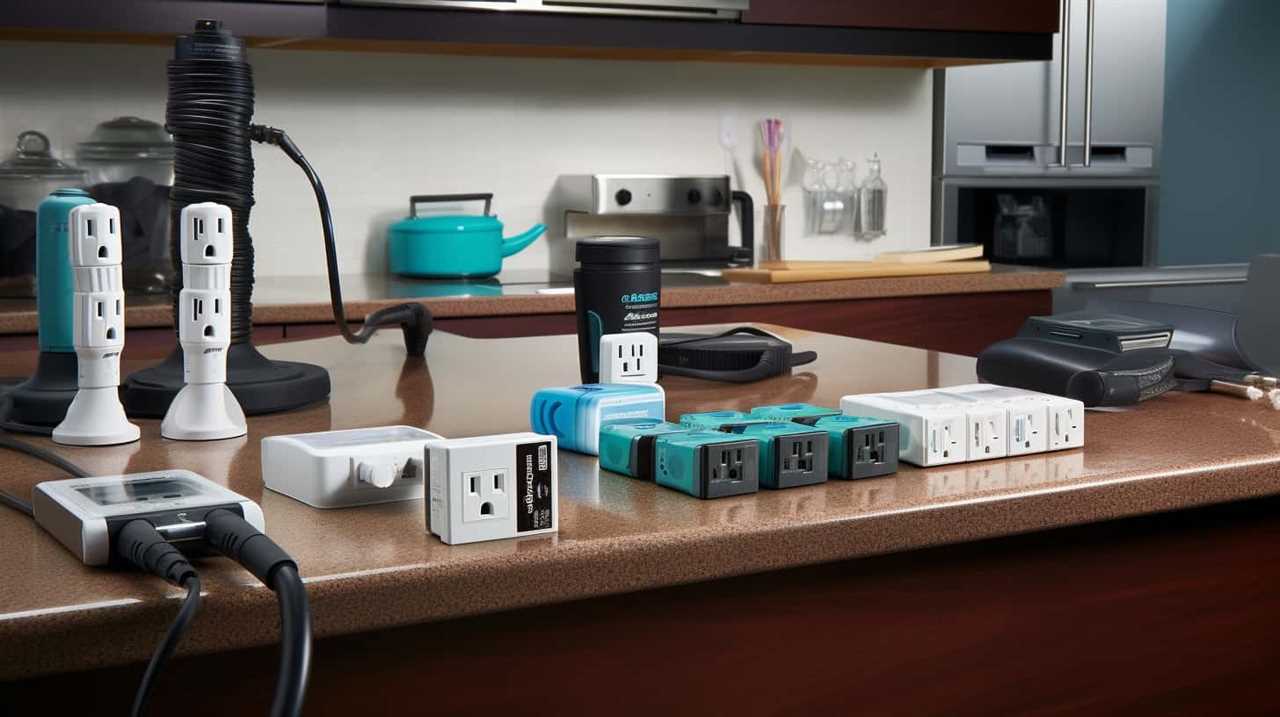
Cost Comparison: Buying Vs. Importing European Appliances
When comparing the cost of purchasing appliances in the US versus importing European appliances, it is important to consider various factors. One significant factor to consider is the cost comparison between buying appliances locally or importing them. European appliances tend to be more expensive due to factors such as import taxes, shipping costs, and currency exchange rates. However, it is crucial to also consider the long-term cost savings that European appliances can provide.
Here is a list of key points to consider when comparing the cost of buying versus importing European appliances:
- Initial cost: European appliances may have a higher upfront cost compared to local appliances.
- Energy consumption: European appliances are known for their energy efficiency, which can result in long-term cost savings on utility bills.
- Maintenance and repairs: The availability of spare parts and qualified technicians may affect the overall cost of maintaining European appliances.
- Resale value: European appliances often have a higher resale value, which can offset the initial investment.
Certifications and Safety Standards
When considering the compatibility of European appliances in the US, it is important to examine the certifications and safety standards.
European appliances typically come with European safety certifications, which may not be recognized or accepted in the US. Additionally, European appliances may not meet the safety standards mandated by US regulations.

Therefore, it is crucial to ensure that any imported European appliance meets the necessary certifications and safety standards before installation.
European Safety Certifications
European appliances must undergo rigorous safety certifications to meet the standards required for use in the US. These safety certifications ensure that the appliances are safe to use and do not pose any hazards to the users or the environment.
The certification process involves several steps, including testing the appliances for electrical safety, fire safety, and mechanical safety. The appliances also need to meet the European safety regulations, which are often more stringent than the US regulations. This ensures that the appliances are of high quality and will perform reliably.
Additionally, the certification process verifies that the appliances comply with the necessary electromagnetic compatibility requirements to prevent interference with other devices.
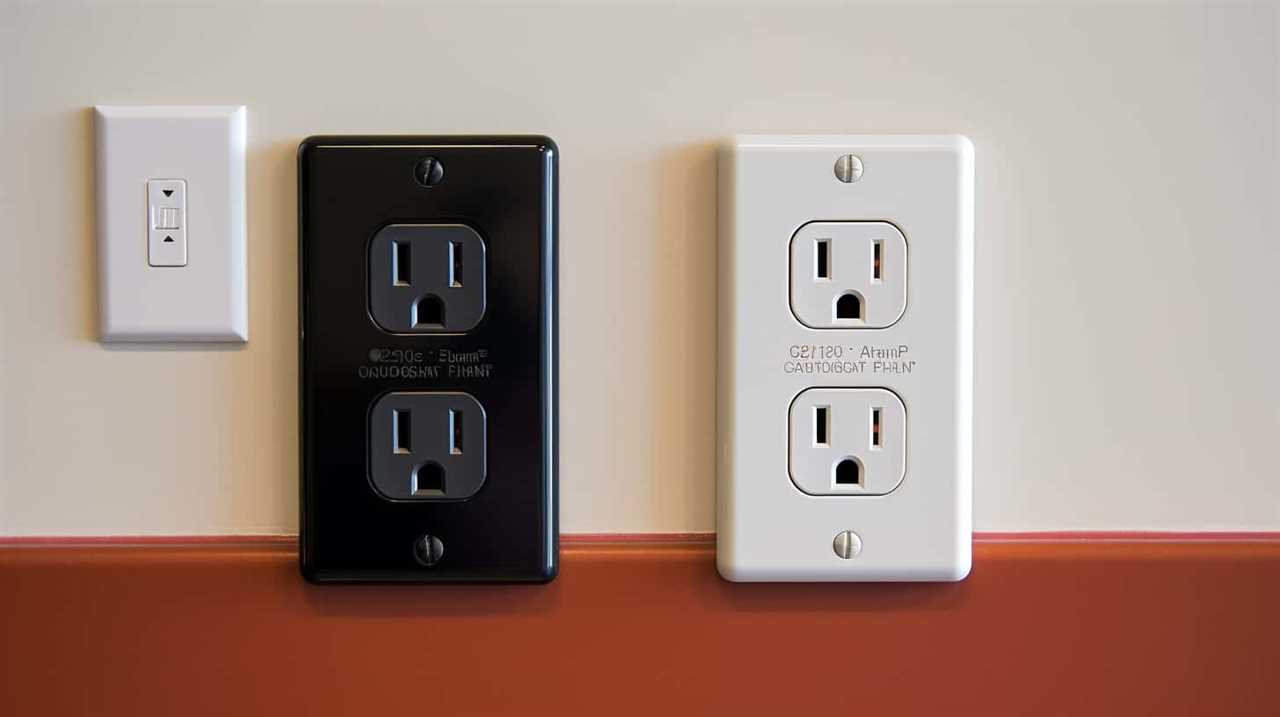
Compatibility With US Standards
European appliances must meet specific certifications and safety standards to ensure compatibility with US requirements.
One significant difference between European and US standards is the voltage used. European appliances typically operate on 220-240 volts, while the US operates on 110-120 volts. This difference in voltage can cause compatibility issues when using European appliances in the US.
To address this, voltage converters can be used to adjust the voltage to the appropriate level. However, it’s important to note that not all appliances are compatible with voltage converters, as some appliances may rely on specific voltage levels for proper functioning. Therefore, it is crucial to check the appliance’s compatibility with voltage converters before attempting to use it in the US.
Additionally, it is essential to ensure that European appliances meet other US safety standards, such as proper grounding and electrical safety certifications, to avoid any potential hazards.

Installation and Professional Assistance
Professional installation and assistance are essential for successfully integrating European appliances into American homes. Due to differences in electrical systems, voltage, and sizing, it is crucial to have professionals who understand these variations and can ensure proper installation and functionality.
Here are four reasons why professional installation is necessary for European appliances in the US:
- Electrical compatibility: European appliances typically operate on a different voltage and frequency than American appliances. Professionals can ensure the necessary electrical adjustments are made to safely and effectively power the European appliances.
- Plumbing and gas connections: European appliances may require different plumbing and gas connections than those commonly found in American homes. Professional assistance is crucial for making the necessary adjustments and ensuring proper installation.
- Building codes and regulations: Professional installers are well-versed in local building codes and regulations. They can ensure that the installation of European appliances meets all safety and compliance requirements.
- Warranty and support: Professional installation often comes with warranty coverage and ongoing support for any issues or questions that may arise with the European appliances.
Having discussed the importance of professional installation and assistance, let us now move on to the availability of replacement parts for European appliances.
Availability of Replacement Parts
One consideration when it comes to European appliances working in the US is the availability of replacement parts. Since European appliances may have different specifications and configurations compared to their American counterparts, finding the right replacement parts can be a challenge. While some common parts may be available through specialized retailers or online platforms, more specific or obscure parts may need to be sourced directly from the manufacturer or authorized dealers. It is important to note that warranty coverage may also play a role in the availability of replacement parts. European appliances typically come with warranty coverage that may differ from the warranties offered in the US, so it is crucial to understand the terms and conditions of the warranty to ensure that replacement parts are covered.

| Pros | Cons |
|---|---|
| – Some common replacement parts may be readily available | – More specific or obscure parts may be difficult to find |
| – Specialized retailers or online platforms may offer replacement parts | – Sourcing parts directly from the manufacturer may be necessary |
| – Warranty coverage may include replacement parts | – Differences in warranty coverage between Europe and the US may affect availability |
Integration With US Home Systems and Infrastructure
When considering the use of European appliances in the US, it is important to evaluate their compatibility with US home systems and infrastructure. Integration challenges and compatibility issues may arise due to differences in electrical standards, voltage, and plug types between Europe and the US. Here are four key points to consider:
- Electrical standards: European appliances typically operate on a 220-240V electrical system, while the US uses a 110-120V system. This difference can lead to issues with power supply and functionality.
- Voltage conversion: To use European appliances in the US, voltage converters or transformers may be necessary to ensure they receive the correct voltage.
- Plug types: European appliances often have different plug types than those used in the US. Adapters or rewiring may be required for proper connection.
- Communication protocols: European appliances may use different communication protocols for integration with home systems. This can cause compatibility issues with US smart home systems.
Considering these integration challenges and compatibility issues, it is important to carefully assess the feasibility of using European appliances in the US. However, it is also essential to consider the potential resale value and market demand for these appliances, which will be discussed in the subsequent section.
Resale Value and Market Demand
Continuing the discussion from the previous subtopic, the resale value and market demand for European appliances in the US should be carefully considered.
When purchasing European appliances, it is important to evaluate their potential resale value, as this can impact the overall cost of ownership. European appliances often have a higher resale value compared to their US counterparts due to their reputation for quality and craftsmanship.
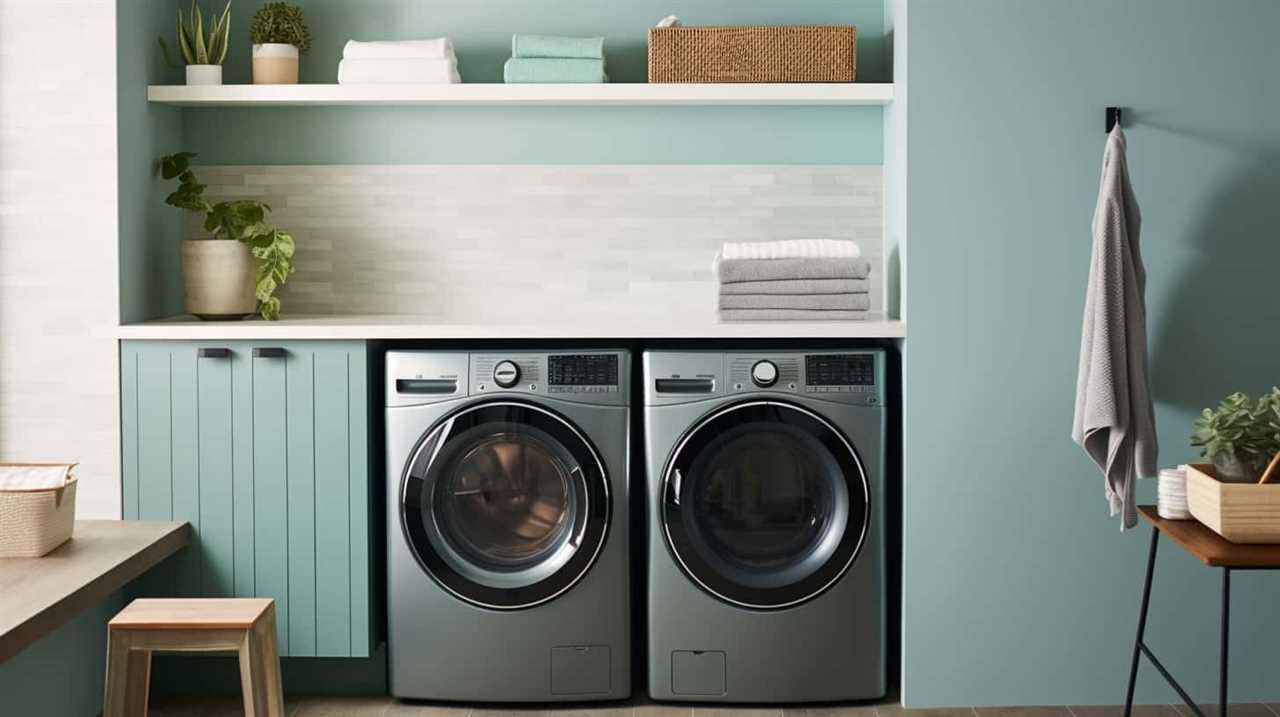
Additionally, market demand for European appliances in the US is generally strong, especially among consumers who prioritize design and performance. However, it is worth noting that market demand can vary depending on the region and the specific appliance category.
In the next section, we will explore an alternative option: considering US-made European-style appliances, which can offer similar design aesthetics and performance while potentially addressing concerns about resale value and market demand.
Considering Alternatives: US-Made European-Style Appliances
To explore alternative options, let us now delve into the realm of US-made European-style appliances. These appliances are designed and manufactured in the United States but adhere to the style and standards of European appliances. Here are four key points to consider when looking at US-made alternatives with regards to European-style appliances:
- Quality: US-made European-style appliances are known for their high-quality craftsmanship and durability. They are designed to meet the same standards and performance levels as their European counterparts.
- Availability: Unlike European appliances, which may have limited availability in the US market, US-made alternatives are readily accessible through local retailers and online platforms.
- Cost-Effectiveness: Opting for US-made alternatives can often be more cost-effective than purchasing European appliances, as they eliminate the need for international shipping and import duties.
- Environmental Impact: Choosing US-made European-style appliances can help reduce the environmental impact associated with long-distance shipping, thereby contributing to a more sustainable future.
Considering these factors, US-made European-style appliances can be a viable and environmentally friendly alternative to their European counterparts.

Frequently Asked Questions
Can I USe a European Appliance in the US Without Any Modifications?
European appliances are not compatible with US electrical systems due to differences in voltage and frequency. To use a European appliance in the US, modifications such as voltage converters or adapters are necessary to ensure safe and efficient operation.
How Much Does It Cost to Convert the Voltage of a European Appliance to Work in the Us?
The cost of converting the voltage of a European appliance to work in the US can vary depending on the specific appliance and the extent of the modifications needed. It is important to ensure the compatibility of European appliances with US electrical systems to prevent damage or malfunction.
Are European Appliances More Energy-Efficient Compared to American Appliances?
European appliances are known for their energy-saving features, which often surpass those of American appliances. This can lead to a reduced environmental impact when using European appliances in the US.
Can I Find Replacement Parts for European Appliances Easily in the Us?
Finding replacement parts for European appliances in the US can be challenging due to compatibility issues with US electrical systems. It is important to consider this factor before purchasing European appliances to ensure long-term convenience and ease of maintenance.
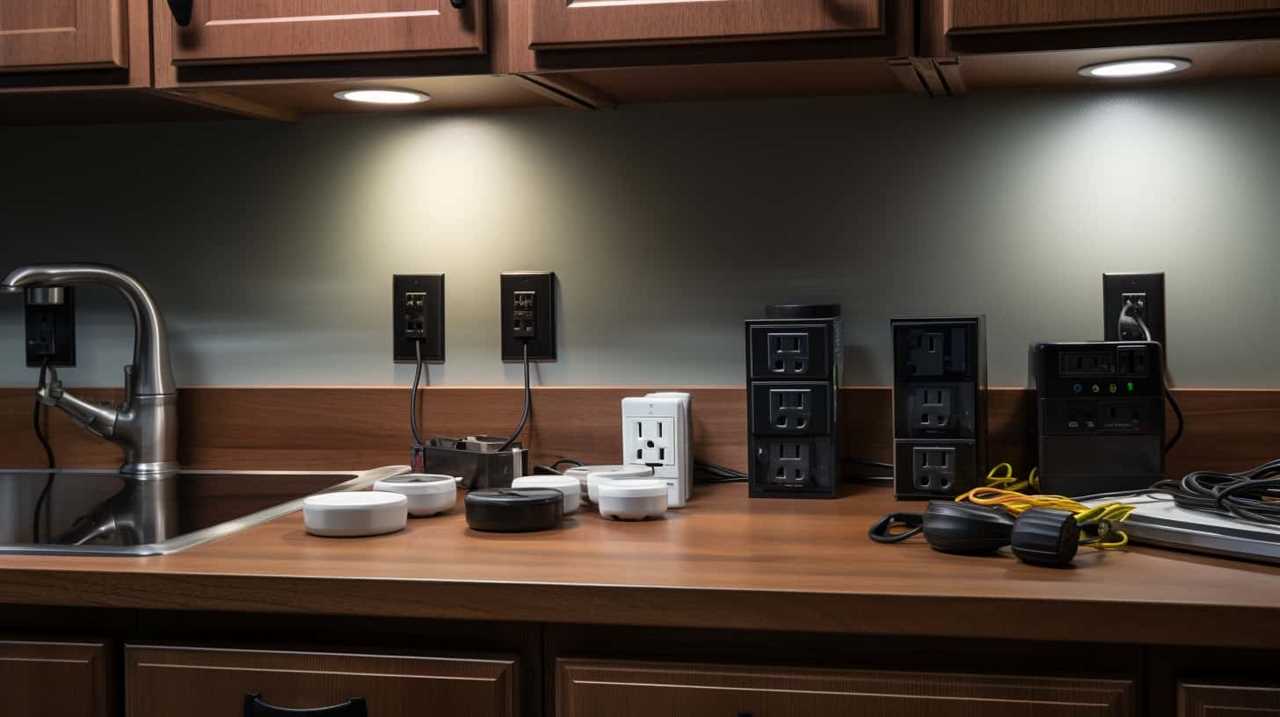
Do European Appliances Have a Higher Resale Value in the US Market Compared to American Appliances?
European appliances may have a higher resale value in the US market compared to American appliances due to their perceived quality and design. However, compatibility without modifications can be a concern, requiring additional costs and considerations for potential buyers.
Can I Use European Appliances in the US without Any Adapters or Converters?
Yes, you can use European appliances in North America, but you will need adapters or converters to make them compatible with the different voltage and outlet types. Without these, the appliances may not work properly and could even be damaged. Be sure to check the voltage and outlet requirements before using European appliances in North America.
Conclusion
In conclusion, when considering the compatibility of European appliances in the US, it is essential to take into account factors such as:
- Voltage and power differences
- Plug and outlet compatibility
- Frequency requirements
- Availability of replacement parts
- Integration with US home systems and infrastructure
- Resale value and market demand
It is also worth exploring US-made European-style appliances as an alternative.
Ultimately, making an informed decision ensures optimal functionality and efficiency in your home.


